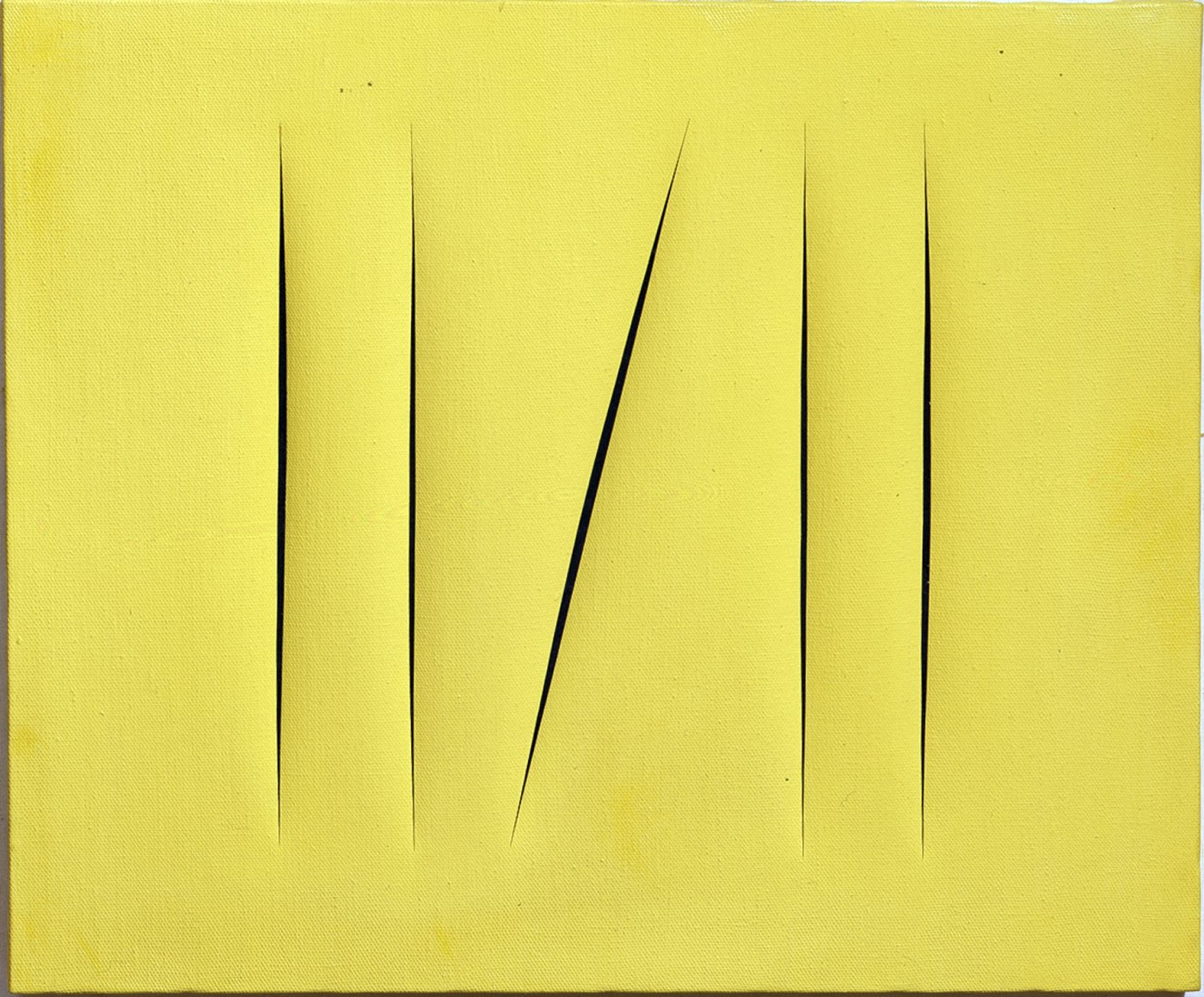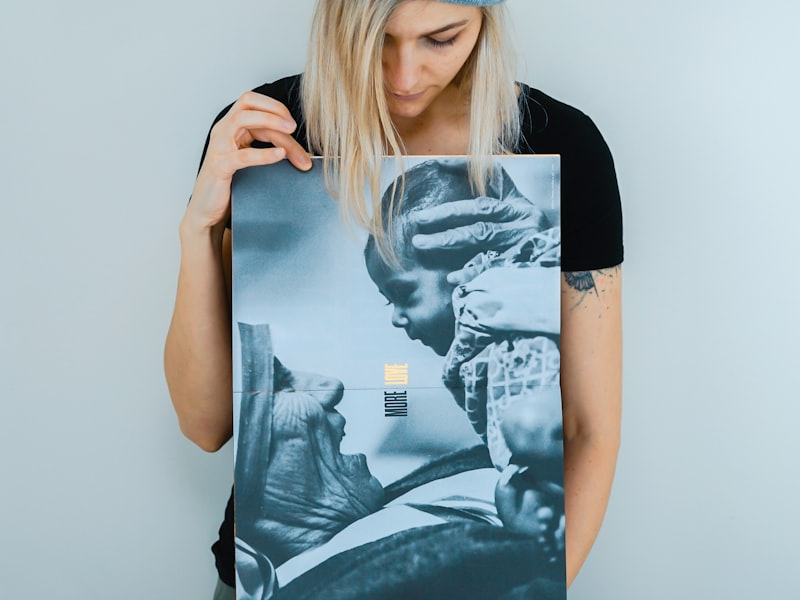Imperfection
Concepts such as life and art must be mixed with each other since there is no point in keeping a distance between human work and the human itself. Art is life (creative energy sexual) Who would have thought that? The most intriguing art is the one which talks about life, that reveals different experiences, details, curiosities, points of view.
When it comes to living it is imperative to defy the notion of a perfection to be attained (in in order to be able to meet expectations of this sort the only form of art we can refer to is that of cinema). The nature of error is the essence of being Human and the block into which we have every one of us at one time or another: impulsive judgement, haste, fear, anger, the incessant desire for safety and control bad choices. Don't you dare say you've not made one of these errors?
Open: a new perspective from which to see
When we slip, we hurt ourselves more or less intensely and tend to look at the fall as a mistake, or to make the error as a result of the expectations we set of ourselves and other people. The injury is actually the point that we are able to discover the truth. It is from here that we stop taking refuge in the idea of perfect (which should be the case if it should not hurt) and examine what is broken: we look through the wound and examine ourselves.
Fontana cut with the awareness the possibility of opening up, breaking or and tearing because destroying is often the strongest artistic act, especially in a society where, from an early age, we are immersed in a strong, impregnating model of belief and values. It's no accident that Fontana declared in 1963 during an interview Nerio Minuzzo:
"The people who criticize me have often criticized me, however, I never worried about it, I went on regardless and never accepted any kind of salute. Over lucio fontana painting , I was called "the guy who has holes', with a bit of pity. Today, I realize that my holes and cuts have created a taste, are accepted and even find practical applications. In bars and theatres they make ceilings with holes. Because today, you see, even the people on the street can appreciate the latest forms. It's the artists, unfortunately, who understand more '.
When Fontana speaks of streetspeople, he is evoking the image of imperfection in which the hole is a form like any other in which the becoming of life is manifested. He is not afraid of dirt nor of the violent nature of the creative act He throws tar onto the sculpture of a human figure and calls the sculpture 'Black Man'.

Years later, the cut transforms into the conquer of space, as an attempt to overcome painting and sculpture, through a new spatiality that contains them both and a break with verticality in favour of a crossing passage.
The palpitation that occurs, both exhaling and inhaling the canvas, reminds us from a distance, in a more intellectual and bourgeois version of the work Gina Pane later performed on her body: the gesture remains the eternal character in the context of the art will eventually be destroyed; the wound and the cut are path, boundary and exchange. The artist breaks the canvas and declares it to be finite. the holes become black holes that provide the illusion of depth and reveal the vastness that we never know.
Wait: new things we do not yet know
Fontana called the cuts 'Waits', the openings from which new and different things arise that we do not yet are aware of.
When we make a mistake, when we hurt or hurt another injuring or hurting another, we need to wait for a time before the response. First the shock of the mistake and the failure to be over, then figuring out the way to go to remedy the damage or avoid it Then we await the effects of that break, that slip that could turn out to be an amazing resource. Or not.
Few understood (and do not comprehend) this notion because they are constantly judging how reality and human beings ought to be, and how they should be compared to the two-dimensionality on the wall. We fight every inch of our being the best methods, the correct way to present and function in the world, so that we rely on rules that eventually define normativity.
There is nothing more absurd than this. We are convinced that we know everything that we do, we compare our standards to every other organism and ecosystem in the world However, we see it from a narrow , biased viewpoint that is not in line with the reality of Anthropocentrism as well as personal interpretations of the other which are almost never the most accurate.
Accept that there is no perfection in the absolute sense.
The same is true of this society that wants us to do our best every chance they get, without considering that, instead of increasing standards, we need to accept more of the world in the present. Do we accept pain? Do we accept death? Do we accept the bodies of others? Do we accept diversity? The most important thing is, once we accept, do you respect our differences?
Most of the time is it that we are able to hide the things that do not match the "perfect" of our very own planet or the universe. It makes us feel angry, shocked, and disgusted to be pushed aside, or swept under the carpet and then we show the imperfections that we actually are, but do not accept.
Being aware of one's limits is essential and so is understanding the interconnectedness of all that is the global system. Either we are ALL put in a position to give our best, or there is no competition or effort worthwhile to be put into it, unless for the goal of fuelling inequality. It's great and good that some after many hours of work have succeeded and are so fortunate. But in the broader context, always pushing the boundaries a little further the definition of 'a perfection' in an imperfect setting; there is no "perfection" in an absolute sense.
Could this ever exist?
Cut and let the truth be revealed
We can conclude that Fontana tried, because from the beginning, Fontana rejected the simple paths of success, preferring to experiment with the unknown and the uncertain, that is to say: abandoning the idea of being the one, he followed the path of study which led him to discover some facts.
For me, and my very personal view, Fontana is the one who cuts the curtain and lets light in, even though there are black sails that obscure behind the cuts. An artist of spatial art in the same way as the forerunners of that art understood not solely as a work but as a gesture an act, in and around it. in the context of actions in space, and performance as the activation of narrative, and this is the way it is being done today.
To me, his cuts are a great example of this, opening up new perspectives to art and new perspectives on the world and also new questions. The wound that he has caused is not just pain, the wound highlights mortality, brevity, uncertainty and fragility. The wound makes us think, makes us question, and this practice is very important to ensure that we remain grounded. While it can be difficult to endure and as hard as it is in a perfect story of life, it would be great (and right) to learn through positive reinforcements. As long we as a species are unwilling to avoid each other's suffering as much than our own, we are condemned to the unresolved and to live in an incomplete reality.
Let us take pleasure in the cinema and the happy endings it brings, its beauty and perfection that is taken as a given and which we misunderstand and take as a template for our lives as the visual arts, contrary to what they appear are the children of pain, and every artist, in order to convey a bit of truth, has had to traverse the pain.
